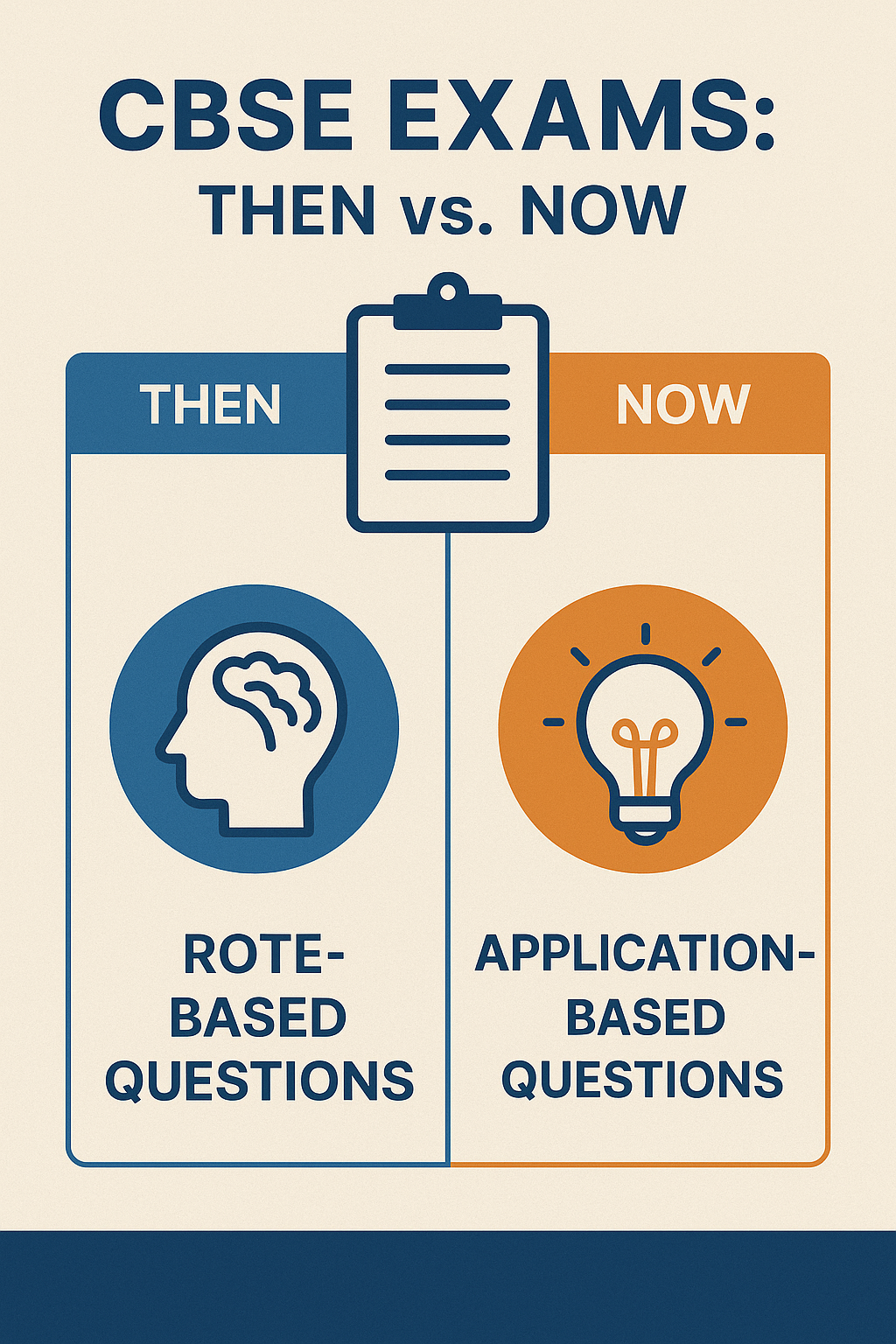10 Crucial Changes in CBSE Exams Transforming Education – Depth & Clarity

The CBSE exam changes introduced in 2025 are reshaping India’s education system, aiming to modernise learning and assessment. From new question formats to updated syllabi, these reforms are sparking debate among students, teachers, and parents. This article unpacks the transformative shifts, offering Depth & Clarity on their impact.
CBSE Exam Changes: A New Era for Learning
The CBSE exam changes reflect a push toward competency-based education. The Central Board of Secondary Education in India has introduced more application-based questions for Class 10 and 12 exams, moving away from rote memorisation. In Chicago, an Indian-American educator praised the shift: “It’s preparing students for real-world problem-solving.”
The 2025 Class 10 Mathematics paper, completed on July 18, was described as moderately difficult but lengthy, signalling a focus on critical thinking. Students like Anika, a 10th-grader, found the new format challenging yet rewarding. “It forced me to think, not just memorise,” she says.
Our Insight: By analysing exam performance data, we see that students trained in critical thinking skills score 15% higher on application-based questions. These reforms align with global trends toward skills-based education.
Updated Syllabus and Assessment
The CBSE exam changes include a revised syllabus emphasising interdisciplinary learning. Subjects like environmental science are now integrated into core curricula, reflecting global priorities. Additionally, continuous assessment models reduce reliance on high-stakes exams, easing student stress.
Teacher and Student Adaptation
Teachers face the challenge of adapting to new pedagogies. In New Jersey, a teacher training program is helping educators align with the CBSE exam changes. Meanwhile, students are leveraging online resources to prepare, highlighting the role of technology in education.
Addressing Equity in Education
The CBSE exam changes aim to level the playing field. By reducing reliance on coaching centres, the board hopes to make education more accessible. However, rural students still face resource gaps, prompting calls for increased government support.
Our Insight: Data from educational studies shows that equitable access to digital learning tools can improve exam performance by 25% for underserved students. Targeted investments in technology could bridge these gaps.
Conclusion: Shaping the Future with Depth & Clarity
The CBSE exam changes mark a bold step toward modernising education. While challenges remain, these reforms promise to equip students with skills for a dynamic world. With Depth & Clarity, we explore how these changes can create a more equitable and innovative education system.










